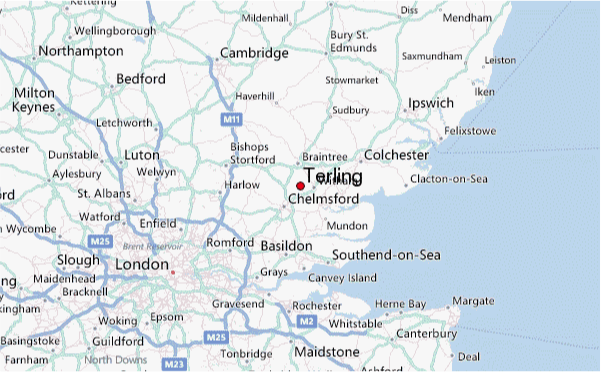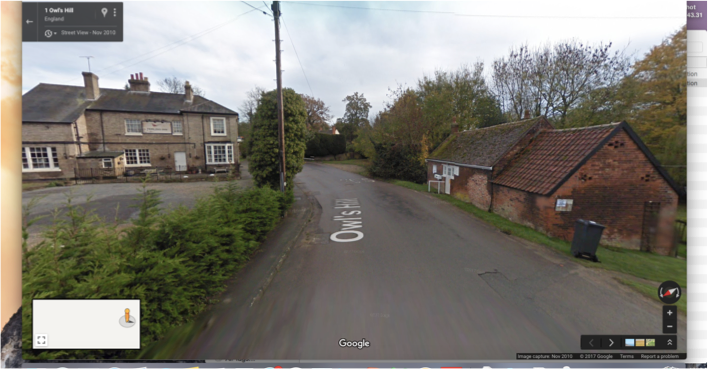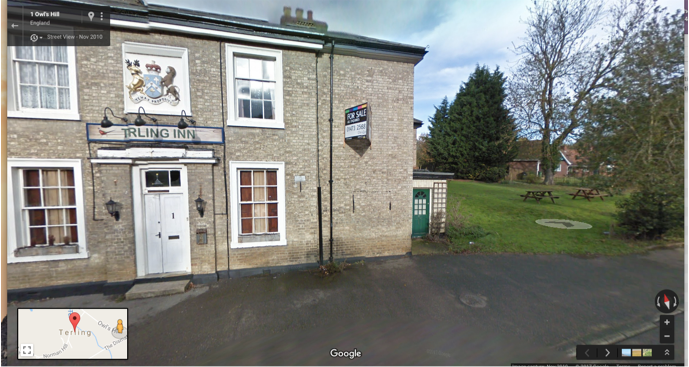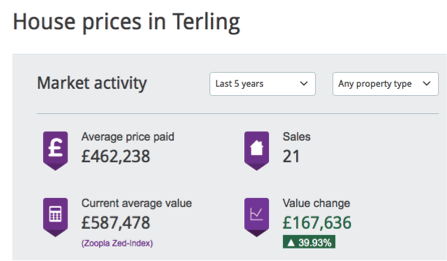Urban Rural Dependence
London and Terling
It is in South East England outside of London. Near to Chelmsford and just outside of the M25 also near to the coast.
Terling
A 40% increase in house prices over the last 5 years!
Using photos, does this look like a nice area to live. Is there decline? Why have house prices risen and social decline happened?
Transport
The railway station is 5 minutes away with trains taking 45 minutes to London.
A 5 minute drive takes you to the A12 which links London and Colchester.
Chelmsford is just 7 miles away. Its supermarkets, shops and services mean people use these instead of the local ones.
Costs and Benefits
Benefits to London
- London needs people in the rural-urban fringe to work in London, otherwise there wouldnt be enough people.
Costs to London
- Commuter trains can be overcrowded due to high volume of commuters.
Benefits to Terling
- London needs resources (food) from rural areas, providing employment.
- People travel to Terling to enjoy the fresh air.
- Higher salaries from commuters in London can be spent in local economy.
- Housing is much cheaper in Terling, the train is more affordanble.
Costs to Terling
- The pub has shut as people can get to London so easily. People usually buy things in bigger towns or London.
Exam Question
Explain the interdependence between cities and their surrounding rural areas. (4)
People commute from rural areas into cities (1), so rural areas experience pressure to build houses/infrastructure as cities grow (1), which is beneficial because house prices increase (1) but this has the effect of pushing out local people (1).
Or, Cities get resources from surrounding area (1), which leads to the growth of local amenities and services (1), people from cities use rural areas for leisure and recreation (1), which supports their economy (1).




